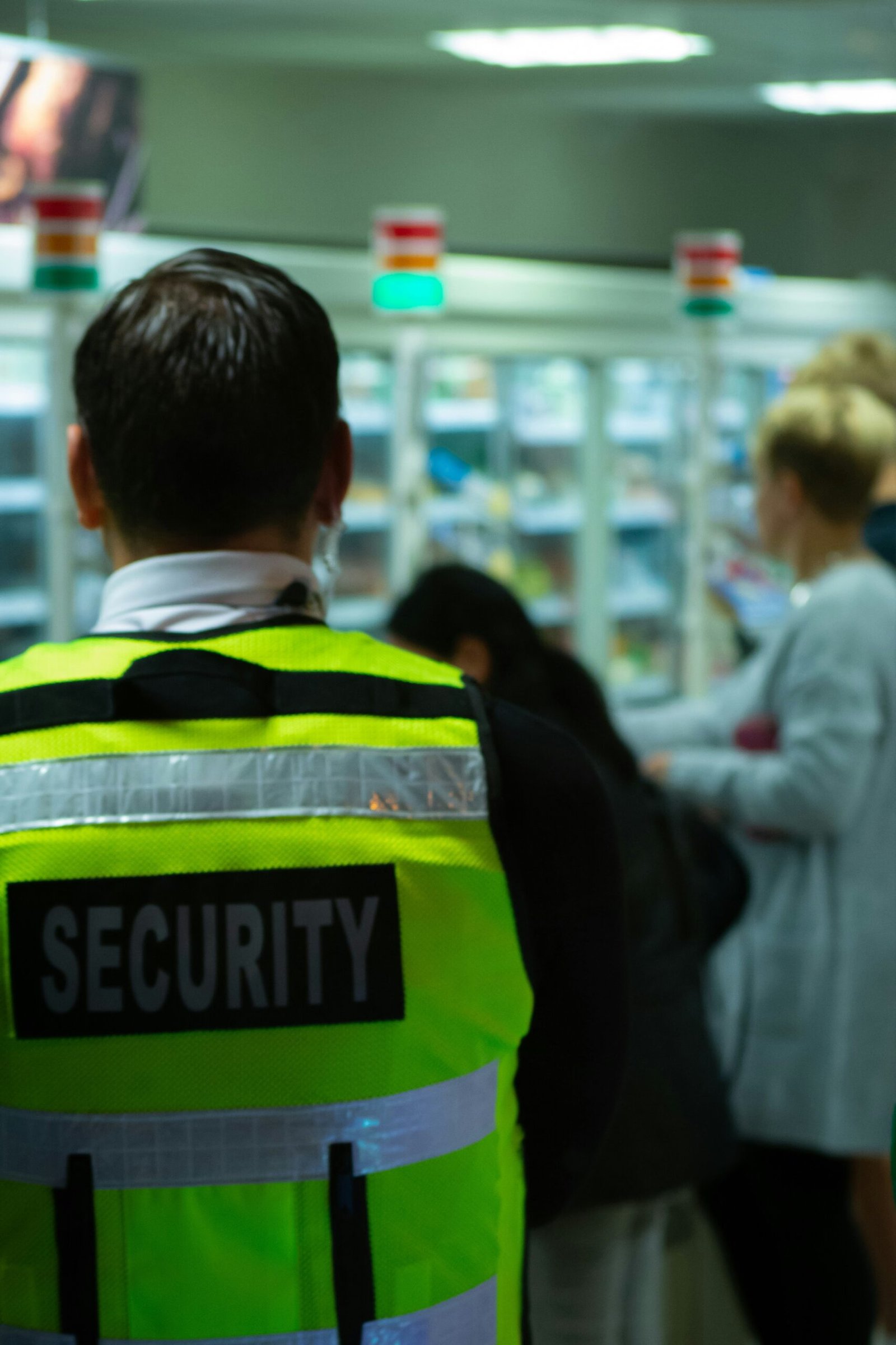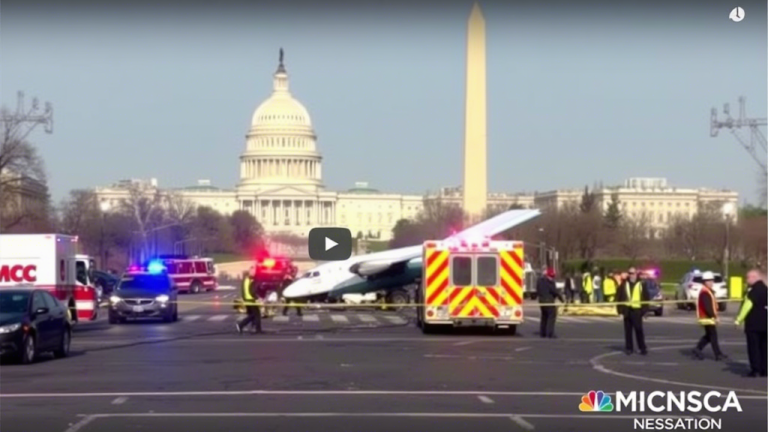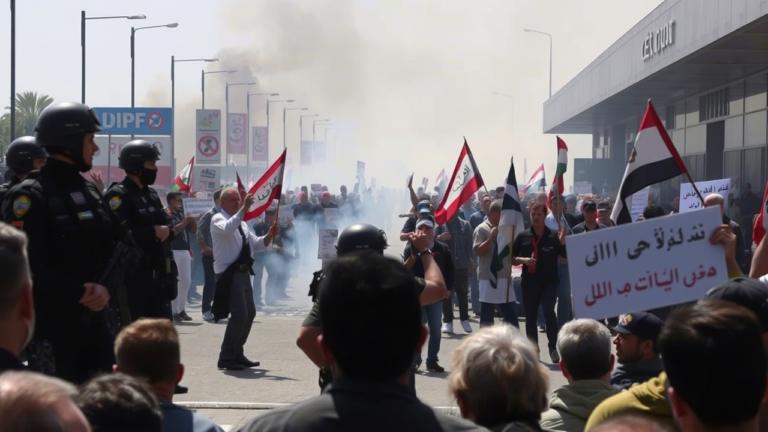Seven Killed in New Armed Attack in Iraq: A Rising Tide of Violence
Seven Killed in New Armed Attack in Iraq: A Rising Tide of Violence
In a troubling escalation of violence in Iraq, seven people were killed in a fresh armed attack early this morning, marking yet another grim chapter in the country’s ongoing security crisis. The attack, which took place in a rural area of northern Iraq, is believed to be the work of insurgents or criminal groups who have plagued the region for years. As of now, authorities have yet to identify the perpetrators, but the nature of the attack points to groups with significant military capabilities and a willingness to target civilians indiscriminately.
This tragic event adds to a series of violent episodes that have raised concerns about the stability of Iraq, which is still grappling with the aftermath of years of conflict. From sectarian violence to terrorist attacks, the security situation in the country remains dire, and citizens continue to face the constant threat of violence. As the government struggles to regain control of troubled regions, the ability of armed groups to operate with relative impunity has led to a sense of insecurity among the population.
The State of Security in Iraq: An Ongoing Crisis
Iraq has endured years of instability, beginning with the 2003 invasion that toppled Saddam Hussein’s regime. Despite the efforts to rebuild the country and establish a democratic government, Iraq has been caught in a vicious cycle of violence fueled by insurgent groups, sectarian conflicts, and the destabilizing effects of neighboring conflicts, particularly in Syria. While the rise of ISIS in the mid-2010s was a defining moment for Iraq’s security landscape, even after the group’s territorial defeat in 2017, the country has continued to face significant challenges.
Armed groups, including remnants of ISIS, militias, and criminal organizations, have been able to exploit the power vacuum in certain regions, particularly in rural and remote areas. The attack this morning is indicative of a broader trend of targeted violence, often aimed at government forces, security personnel, or civilians who are caught in the crossfire.
One of the challenges faced by the Iraqi government is the fragmentation of its security forces. Despite international support and training, including from the United States and other allies, Iraq’s security apparatus remains overstretched. The absence of a unified national security strategy, coupled with corruption and internal divisions, has hindered efforts to restore peace and security in the country.
Who Are the Perpetrators?
While no group has yet claimed responsibility for the attack, there are several suspects that experts believe could be behind the assault. The most likely culprits are ISIS remnants, who continue to operate in rural areas, or Shiite militias that are often involved in retaliatory attacks in the country’s Sunni-majority regions. In addition, tribal militias and other criminal groups, motivated by financial gain or revenge, have contributed to the instability in certain areas.
ISIS, although largely defeated, retains the ability to launch sporadic attacks. The group’s cells are believed to still be active in northern and western Iraq, where they operate in the shadows, relying on guerilla tactics to carry out bombings, assassinations, and ambushes. The recent attack fits the profile of ISIS’s modus operandi, where civilians are targeted as a way to weaken the central government’s authority and destabilize the region.
On the other hand, Shiite militias backed by Iran, which play a significant role in Iraq’s security, are also believed to be involved in various violent acts. These groups, who have become more powerful over the years, often target Sunni civilians, including those with suspected links to ISIS or other extremist groups. The ethnic and sectarian divide between Sunni and Shiite communities in Iraq remains a deep-rooted source of conflict, and militias on both sides frequently perpetrate acts of violence in the name of retribution or protection.
Impact on the Civilian Population
The toll of violence on Iraq’s civilian population cannot be understated. With each attack, communities are thrust into chaos and fear. The impact of such attacks is particularly devastating for families who lose loved ones, but the ripple effect extends much further. Attacks like the one today exacerbate Iraq’s already fragile economy, as businesses are disrupted and resources are diverted to emergency responses and rebuilding efforts.
For the people of Iraq, these attacks are a constant reminder that peace remains elusive. It is not just the direct victims of violence who suffer, but the entire country, which struggles to recover from years of turmoil. Displacement is a major issue, with thousands of Iraqis still living in refugee camps or temporary shelters due to the ongoing insecurity in their home regions. The fear of further violence means that many families are unable to return to their homes or resume their lives.
Furthermore, the international community has increasingly become aware of the plight of Iraqi civilians. Humanitarian organizations continue to provide aid, but the scale of need often outstrips the resources available. The situation remains precarious, and without a long-term strategy for peace, many Iraqis feel trapped in an endless cycle of violence and displacement.
The Role of the International Community
The international community has played a significant role in supporting Iraq’s fight against terrorism, but the situation remains fragile. The U.S.-led coalition, along with other international partners, has helped train and equip Iraq’s security forces. However, as the attack this morning shows, much work remains to be done in ensuring that Iraq’s security forces are adequately prepared to handle insurgency and internal conflicts.
Countries like the United States, the United Kingdom, and regional powers such as Iran have been heavily involved in Iraq’s security landscape. However, Iraq’s political landscape is complex, with multiple interests vying for influence. These foreign powers often have competing priorities, which complicates efforts to create a cohesive strategy for long-term peace. Without coordinated international support and a clear plan for rebuilding Iraq’s institutions, the country will likely continue to face violence from both external and internal threats.
Moreover, the international community must pay attention to the broader regional dynamics. The conflict in neighboring Syria, the rivalry between Sunni and Shiite factions, and the ongoing tensions between the U.S. and Iran all contribute to Iraq’s instability. It is essential that regional diplomacy focus on reducing tensions and finding common ground in order to stabilize Iraq.
A Call for Lasting Peace
The attack today is just one example of the larger, persistent security challenges that Iraq faces. While military solutions are essential to combat the immediate threat of insurgent groups, the root causes of Iraq’s instability must also be addressed. This includes promoting national reconciliation, economic development, and social cohesion. The need for dialogue between Iraq’s diverse communities—whether Sunni, Shiite, Kurdish, or others—is more pressing than ever.
Iraq’s future depends on the ability of its government to bring together these fragmented groups and foster a sense of unity and trust. This will require both political will and the involvement of the international community to provide the necessary resources, expertise, and diplomatic support. Until Iraq can address its internal divisions and establish a secure, functioning state, the cycle of violence will likely continue, and tragic events like today’s attack will remain a tragic reality for the Iraqi people.





